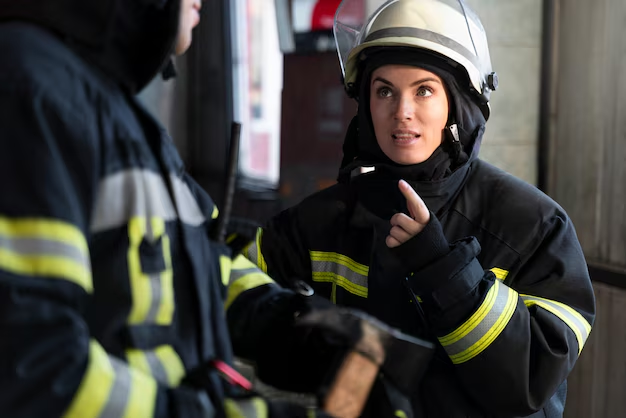Shield Your Home from Fire Hazards: Simple Steps to Stay Safe
Home is where we feel safest, yet it's also a place susceptible to hidden dangers, especially fire. Many household fires are preventable with a bit of awareness and preparation. Here’s how you can significantly reduce fire risks in your home.
Fire Safety Starts with Awareness
Understanding the causes of home fires is the first step in prevention. Cooking accidents top the list, particularly when frying, grilling, or broiling. Leaving cooking unattended even for a short time is a common mistake. Heating equipment mishaps often arise in colder months, especially when flammable materials are placed too close to space heaters or fireplaces. Electrical fires can be triggered by overloaded circuits or faulty appliances. Lastly, unintended candle fires serve as a reminder that open flames, while decorative, need careful oversight.
Proactive Measures for Fire Prevention
Install Smoke Alarms: The first line of defense is a working smoke alarm. Install them on every level of your home, inside bedrooms, and outside sleeping areas. Test them monthly, replacing batteries twice a year.
Careful Cooking: Pay attention when cooking and remove flammable items like potholders away from the stovetop. Keep a multi-purpose fire extinguisher nearby and know how to use it.
Safe Heating Practices: Ensure all heating equipment is installed and maintained correctly. Keep anything that can burn at least three feet from heating equipment. Regularly clean fireplaces and chimneys.
Electrical Safety: Have a qualified electrician inspect your home's electrical system. Avoid overloading outlets and replace worn-out cords.
Candle Vigilance: Use battery-operated candles when possible. If using real candles, keep them in stable holders and away from flammable materials. Never leave candles unattended.
Create an Escape Plan: Develop and practice a home fire escape plan with your family. Know two ways out of every room and have a designated meeting spot outside.
Beyond Fire Safety: Financial Support for Greater Peace of Mind
Fire prevention is crucial, but what happens when you need financial assistance to improve home safety or recover from an unexpected fire incident? Various programs can offer support:
Financial Resources and Aid
Home Improvement Grants: Federal or state grants may cover costs for necessary home safety upgrades or repairs. These are often available for low-income households.
Disaster Relief Assistance: In the aftermath of a fire, federal programs like FEMA and local charities can provide immediate relief and longer-term rebuilding support.
Insurance Solutions: Review your homeowners insurance to ensure it provides adequate coverage against fire damage. Some insurers offer discounts for homes with robust safety measures.
Credit Counseling Services: If fire-related expenses strain your finances, consider using nonprofit credit counseling agencies. They help manage debt and create viable payment plans.
Educational Grants: For families impacted by fire leading to financial struggles, educational grants and scholarships can assist in easing tuition costs.
Taking steps to prevent fires not only safeguards your home and loved ones but also empowers you to explore opportunities for financial resilience. By investing in safety today, you’re ensuring a more secure tomorrow for you and your family.
Helpful Financial & Educational Aid Resources:
- 🏠 Home Improvement Grants: Available through local government programs for safety upgrades.
- 🚑 Disaster Relief Aid: Agencies like FEMA offer support post-incident.
- 🏡 Insurance Adjustments: Review policies for comprehensive fire coverage.
- 💳 Credit Counseling Services: Nonprofit organizations can assist with managing debt.
- 🎓 Educational Grants: Scholarships for fire-affected families reduce educational expenses.
